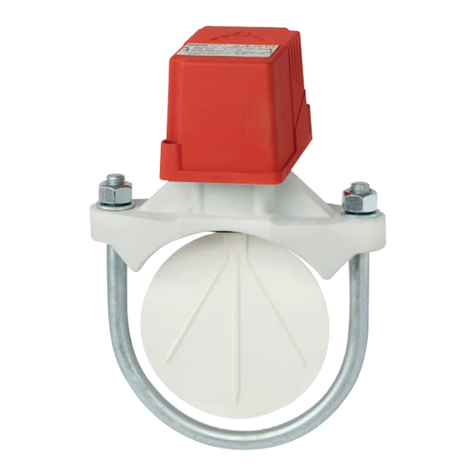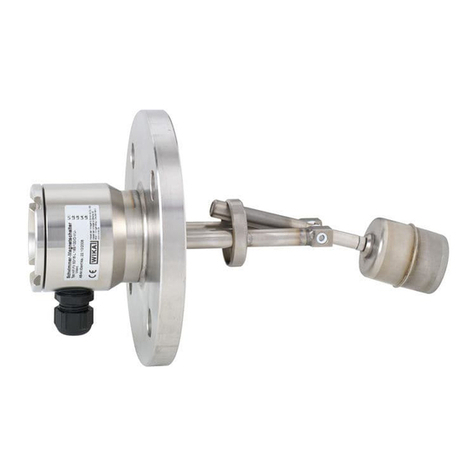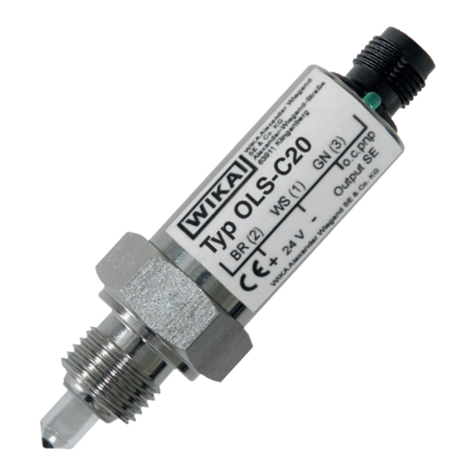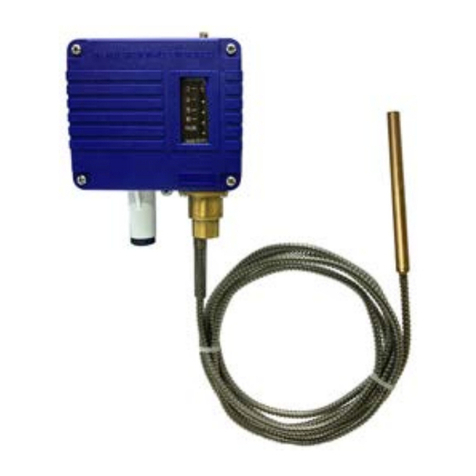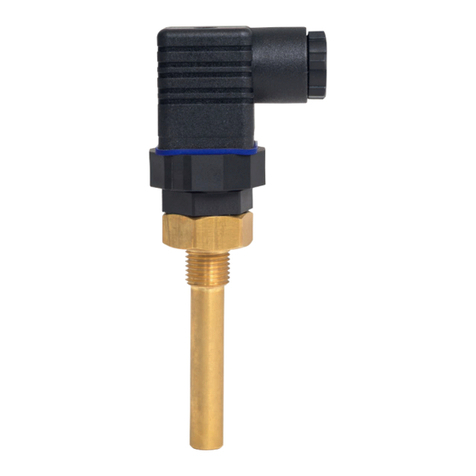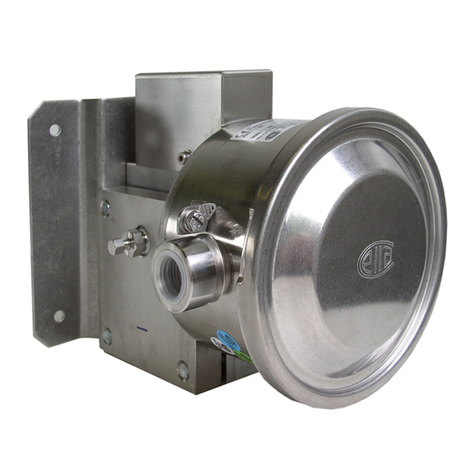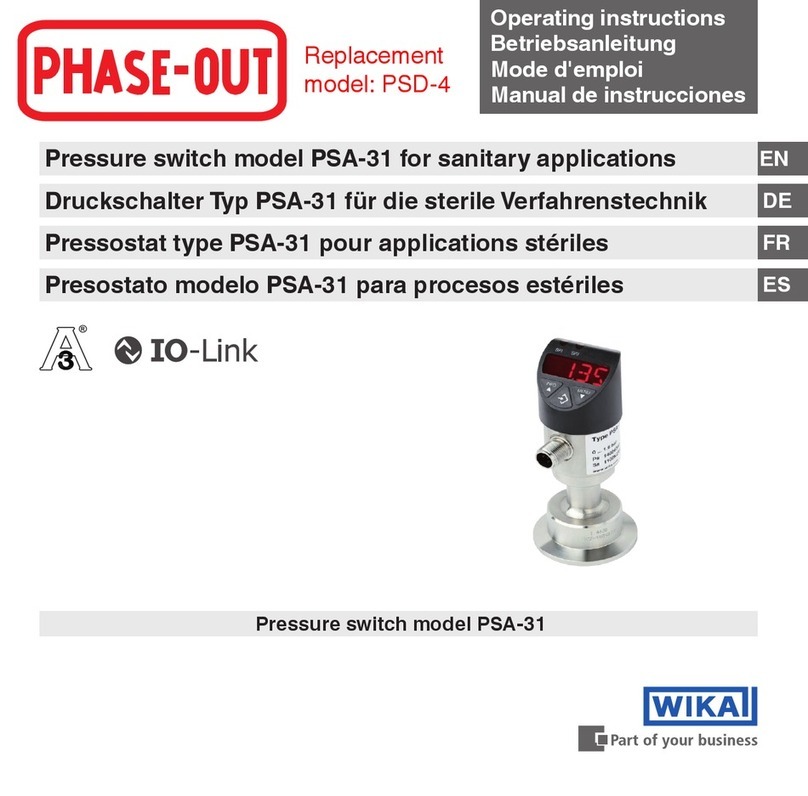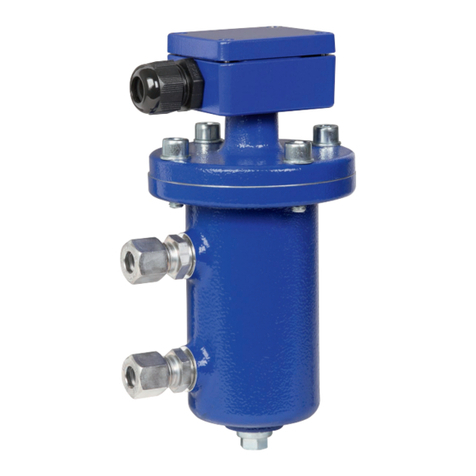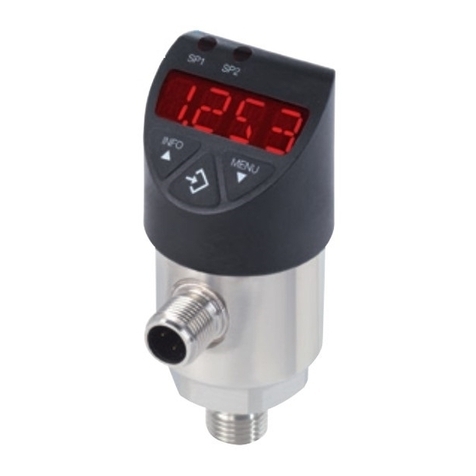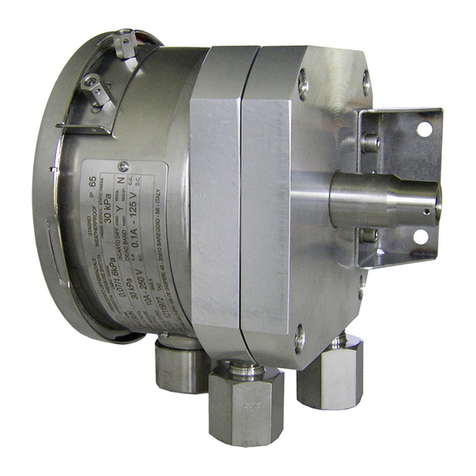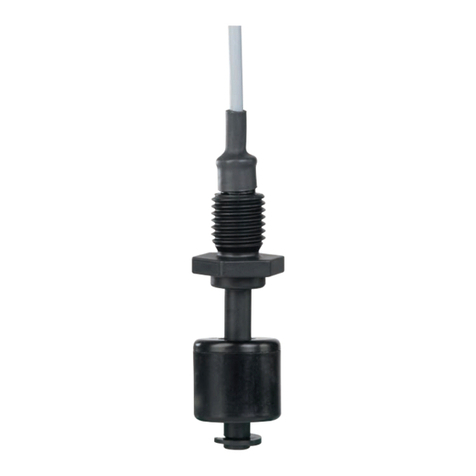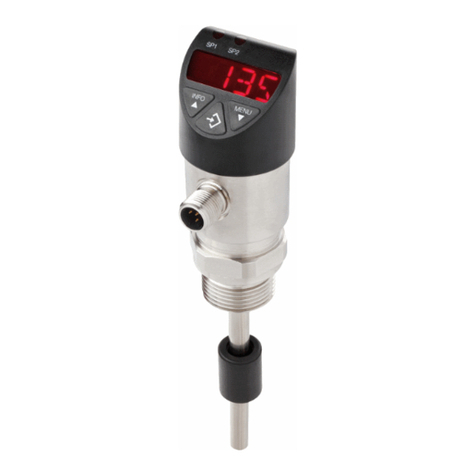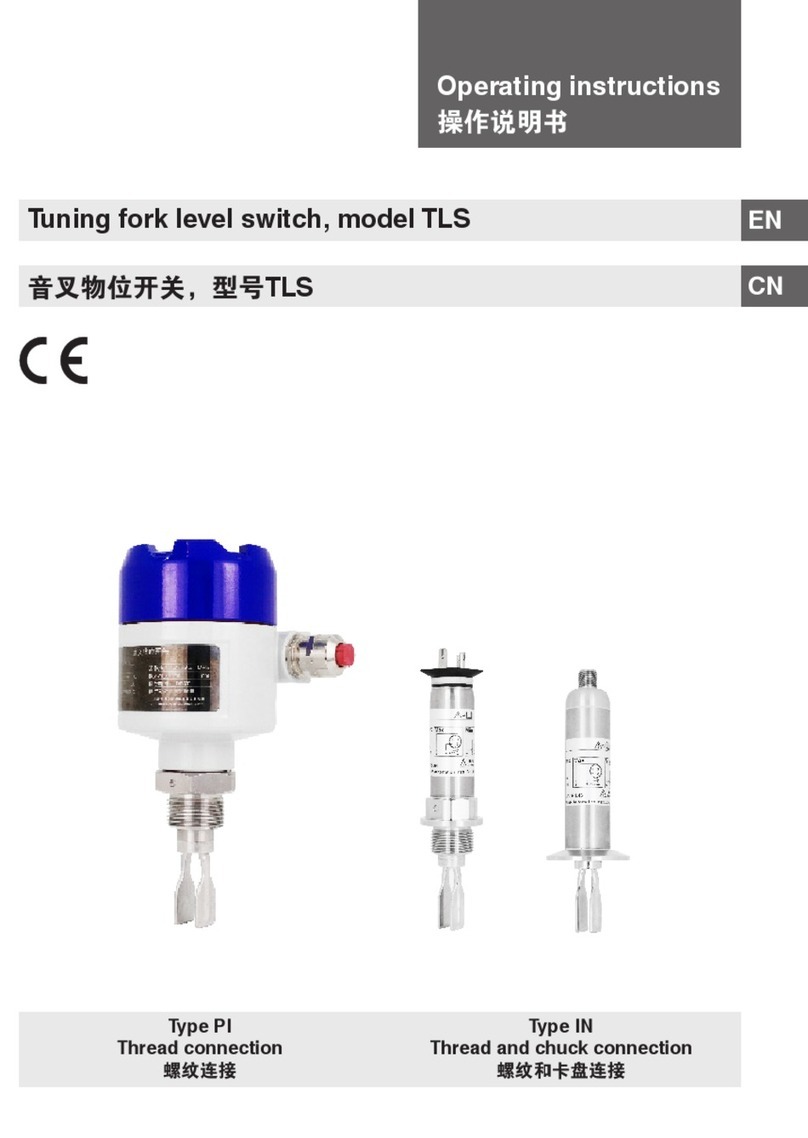WIKA FSD-3 User manual
Other WIKA Switch manuals
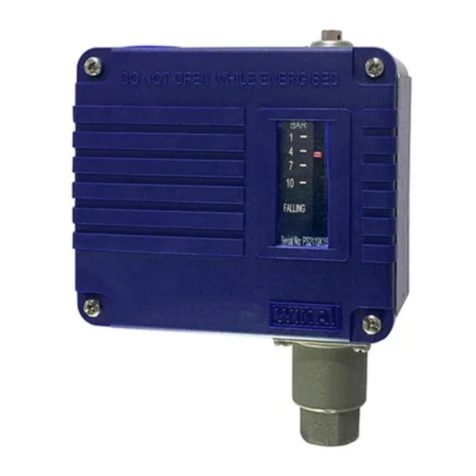
WIKA
WIKA PS-900 User manual
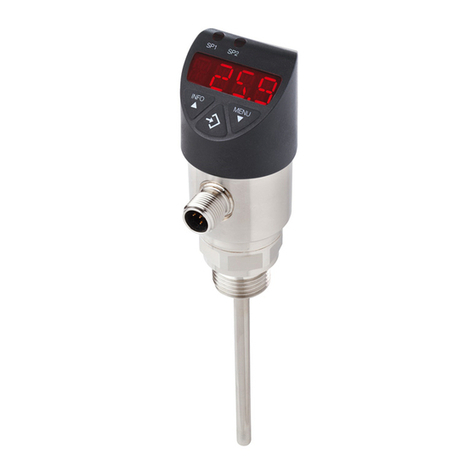
WIKA
WIKA TSD-30 User manual

WIKA
WIKA PSD-4-ECO User manual
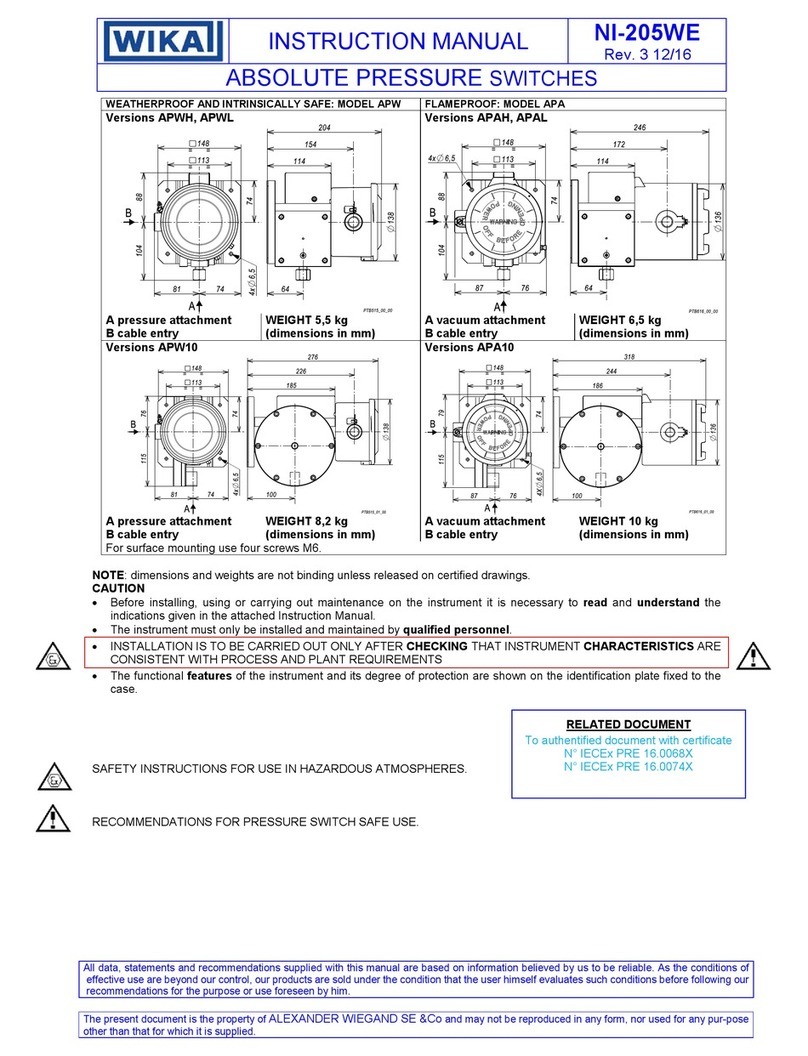
WIKA
WIKA APW SERIES User manual
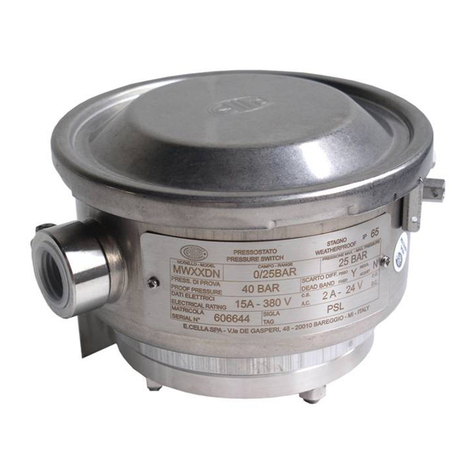
WIKA
WIKA mw series User manual
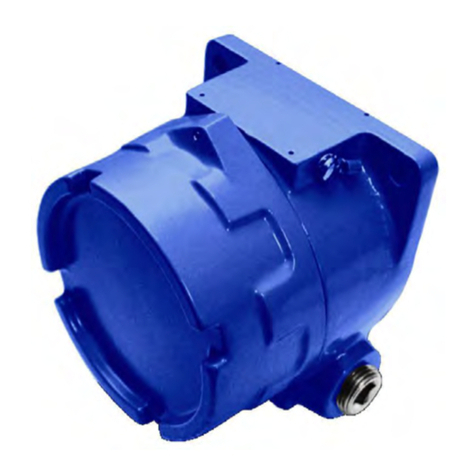
WIKA
WIKA KSR KUEBLER BGU D Series User manual
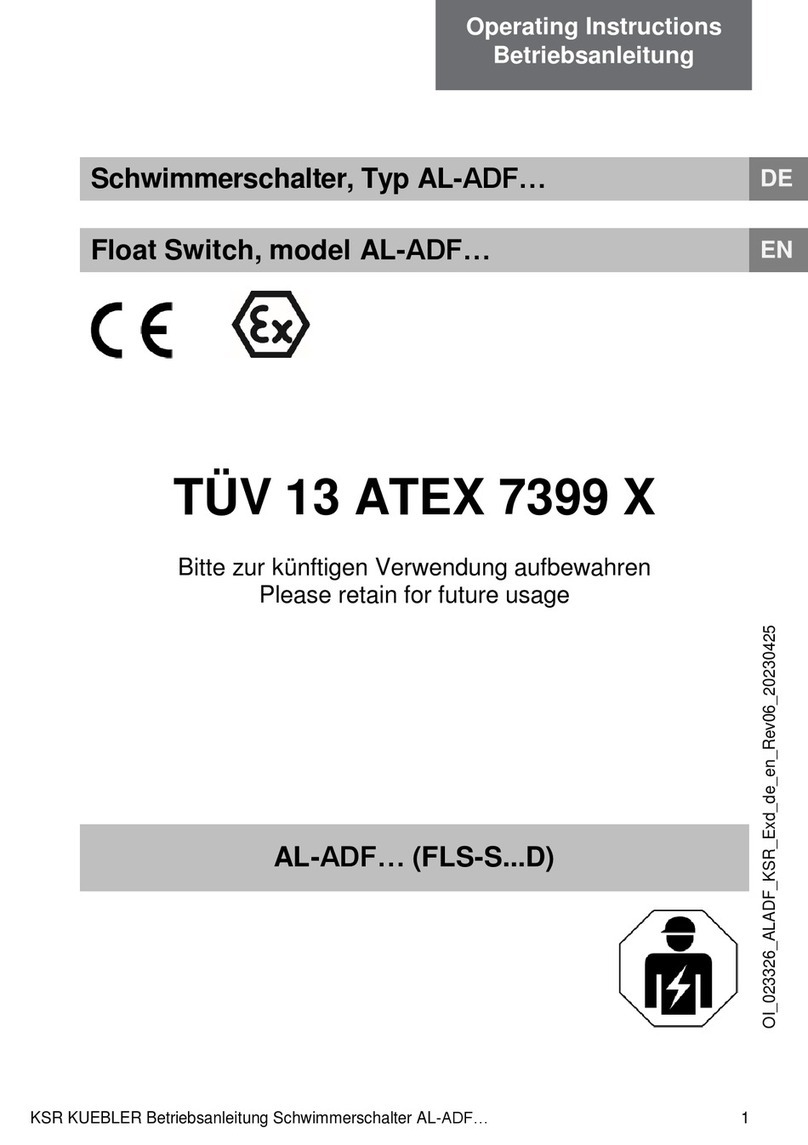
WIKA
WIKA KSR KUEBLER AL-ADF Series User manual
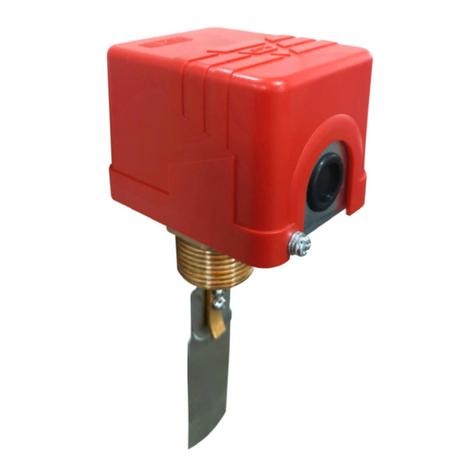
WIKA
WIKA FSM-6100 User manual
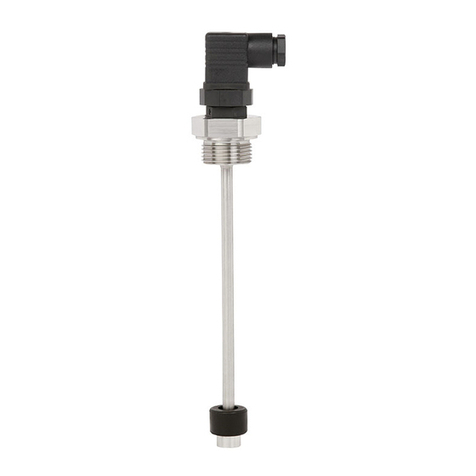
WIKA
WIKA RLS-1000 User manual
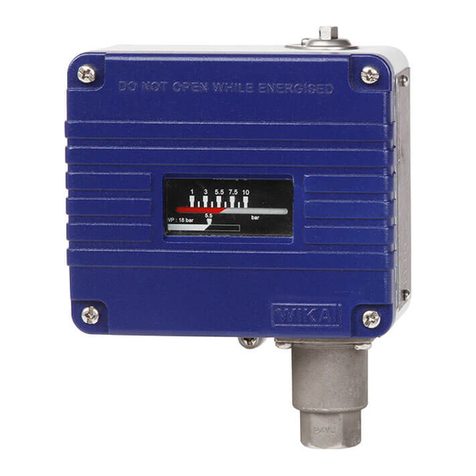
WIKA
WIKA PSM-700 User manual
Popular Switch manuals by other brands

SMC Networks
SMC Networks SMC6224M Technical specifications

Aeotec
Aeotec ZWA003-S operating manual

TRENDnet
TRENDnet TK-209i Quick installation guide

Planet
Planet FGSW-2022VHP user manual

Avocent
Avocent AutoView 2000 AV2000BC AV2000BC Installer/user guide

Moxa Technologies
Moxa Technologies PT-7728 Series user manual

Intos Electronic
Intos Electronic inLine 35392I operating instructions

Cisco
Cisco Catalyst 3560-X-24T Technical specifications

Asante
Asante IntraCore IC3648 Specifications

Siemens
Siemens SIRIUS 3SE7310-1AE Series Original operating instructions

Edge-Core
Edge-Core DCS520 quick start guide

RGBLE
RGBLE S00203 user manual
